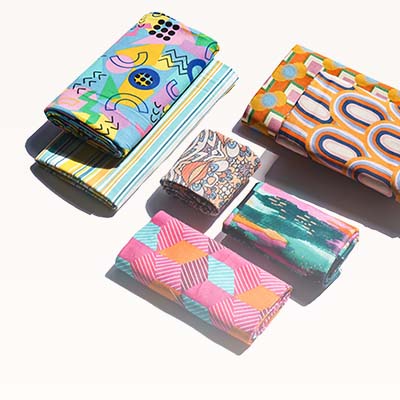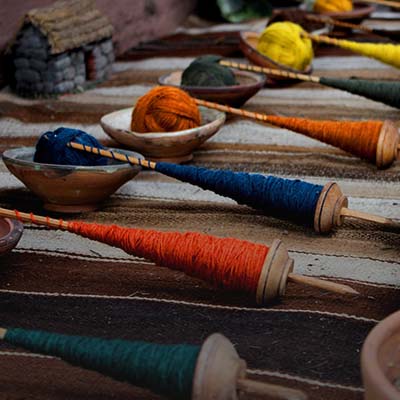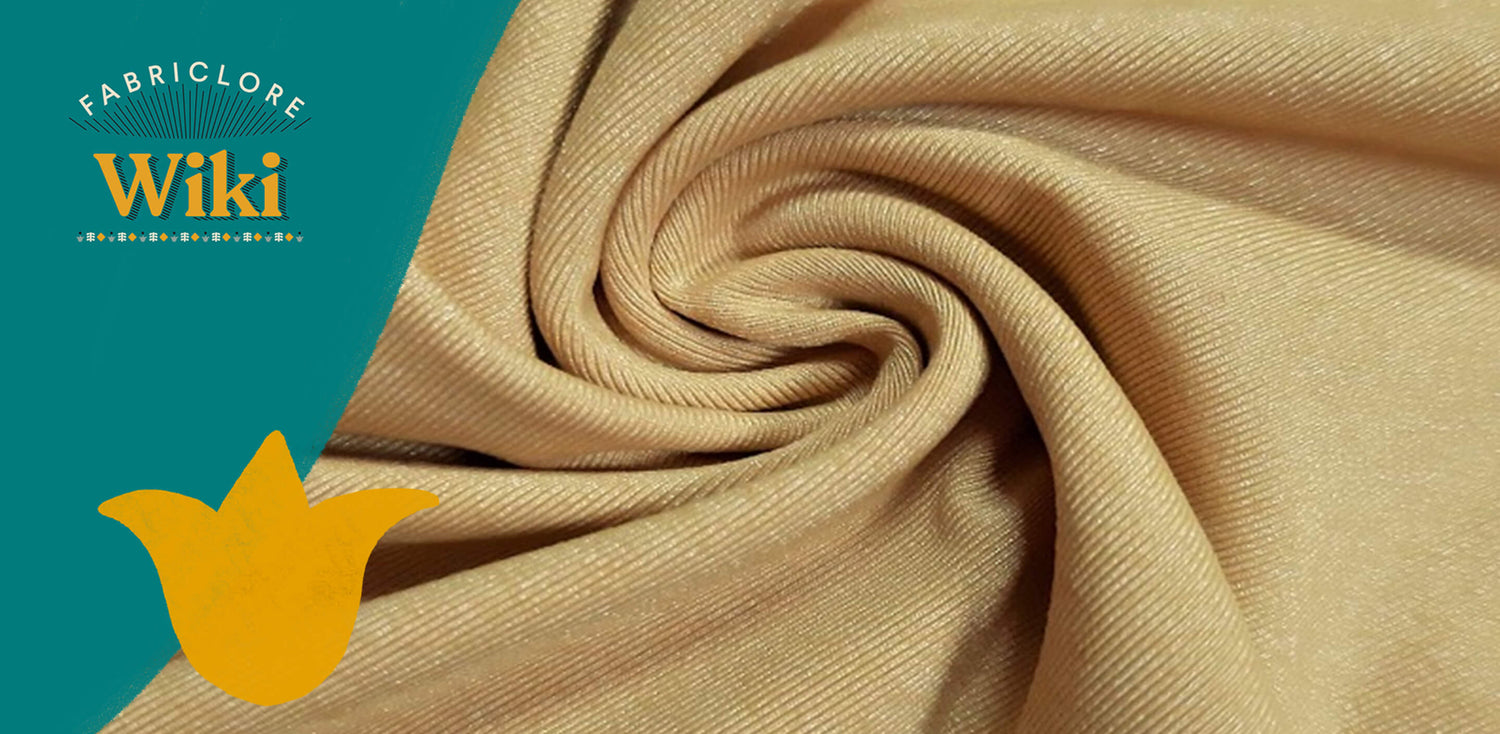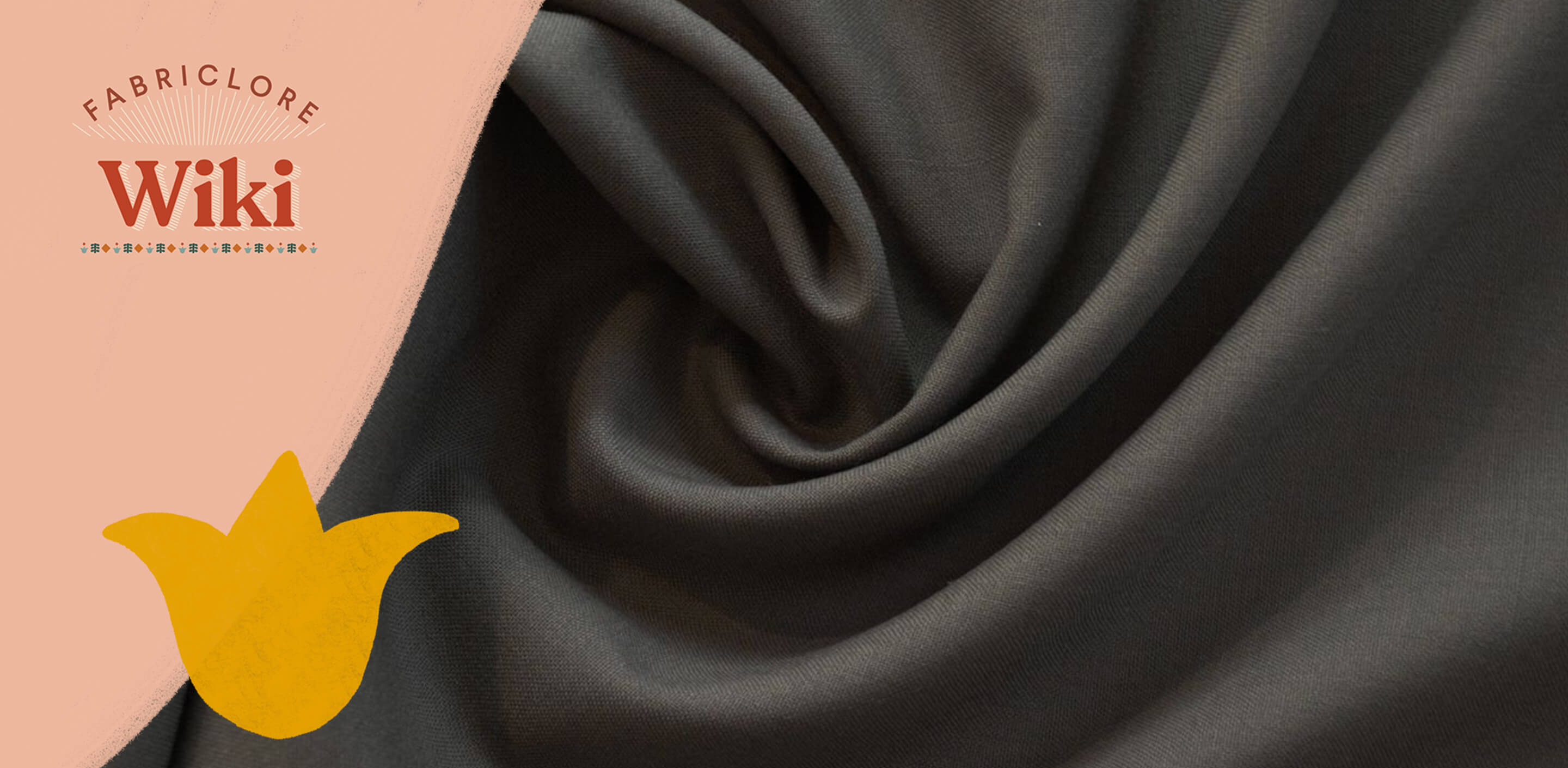What is Nylon Fabric?
- Fabric composed of nylon is a synthetic material that is created using petrochemicals.
- Nylon fibers, unlike other organic or semi-synthetic fibers, are totally synthetic, which implies that they have no basis in organic material.
- This distinguishes them from other types of fiber. Fabric made of polyamide is another name for it.

History
- In 1934, E.I. duPont de Nemours, Inc. announced that they had made nylon. This was the start of a huge increase in the number of synthetic materials that can be used to make fabrics that look like natural materials.
- In contrast to the artificial textiles that came before it, such as rayon and acetate, which were derived from plants, nylon is made wholly out of petrochemicals.
- In most cases, Wallace Hume Carothers is given credit for the innovation, even if it's possible that another employee at DuPont was the one who came up with the idea.
- Julian Hill was an employee at Carothers and had spent a significant amount of time researching a method that would allow carbon polymers to be spun into a long thread that had the appearance and feel of silk.
- Carothers committed himself in 1937, and the firm that he worked for gave him credit for inventing nylon. It is likely that he was suffering from a severe case of bipolar disorder at the time. Neoprene, a kind of synthetic rubber, was an earlier invention of Carothers.

What Makes it Stand Out
|
Texture |
Nylon feels cool and smooth to the skin. |
|
Sheer |
It is incredibly stretchable and exceptionally durable. |
Applications & Usage
|
Bulletproof vest, swimwear, jackets, etc. |
|
|
Umbrellas, stockings, etc. |
Care Instructions
- Most nylon products are machine-washable.
- Keep the water temperature low to moderate while doing this.
- It is recommended that you wash it on a separate cycle from other fabrics. The reason for this is that it absorbs the dyes of other textiles that run when wet.
- A general-purpose detergent may be used to clean the same.
- This fabric attracts static charge from skin contact and other fabrics.
- Using a fabric softener in the last rinse cycle of the washer or a dryer sheet in the dryer can cut down on static electricity by a lot.
- Tumble drying on a low heat setting is acceptable for this fabric. After the drying cycle is done, take the cloth out of the dryer.
- Even though this fabric doesn't easily wrinkle or lose its shape, it might get creased if you don't take it out of the dryer right away.
- Sunlight quickly weakens and yellows nylon materials, which have poor resistance to light. Typically, this is true with white nylon.
- They should be dried in the shade, away from direct sunlight.
- Even though this fabric doesn't usually need to be ironed, you can use a heated setting if you need to.
- Don't dry it in the dryer since it might damage it or cause it to shrink. Don't use a dryer; let it air dry instead.

We also happen to be a magnet for suggestions, and would love to catch yours….throw us yours on hello@fabriclore.com











Leave a comment
All comments are moderated before being published.
This site is protected by reCAPTCHA and the Google Privacy Policy and Terms of Service apply.